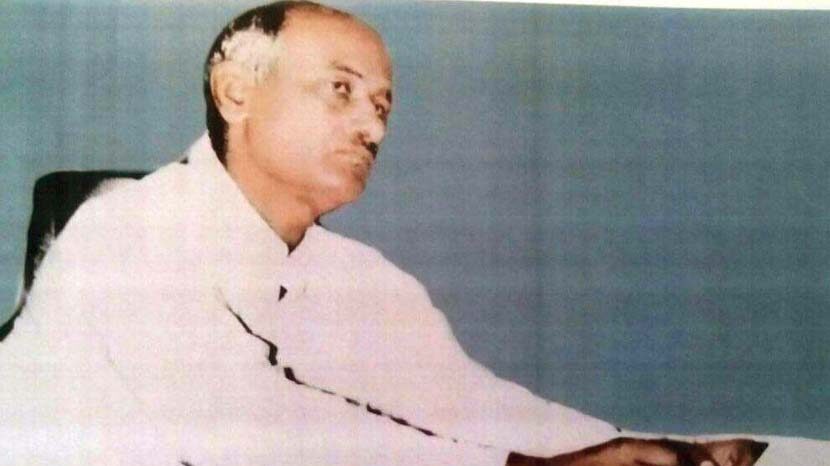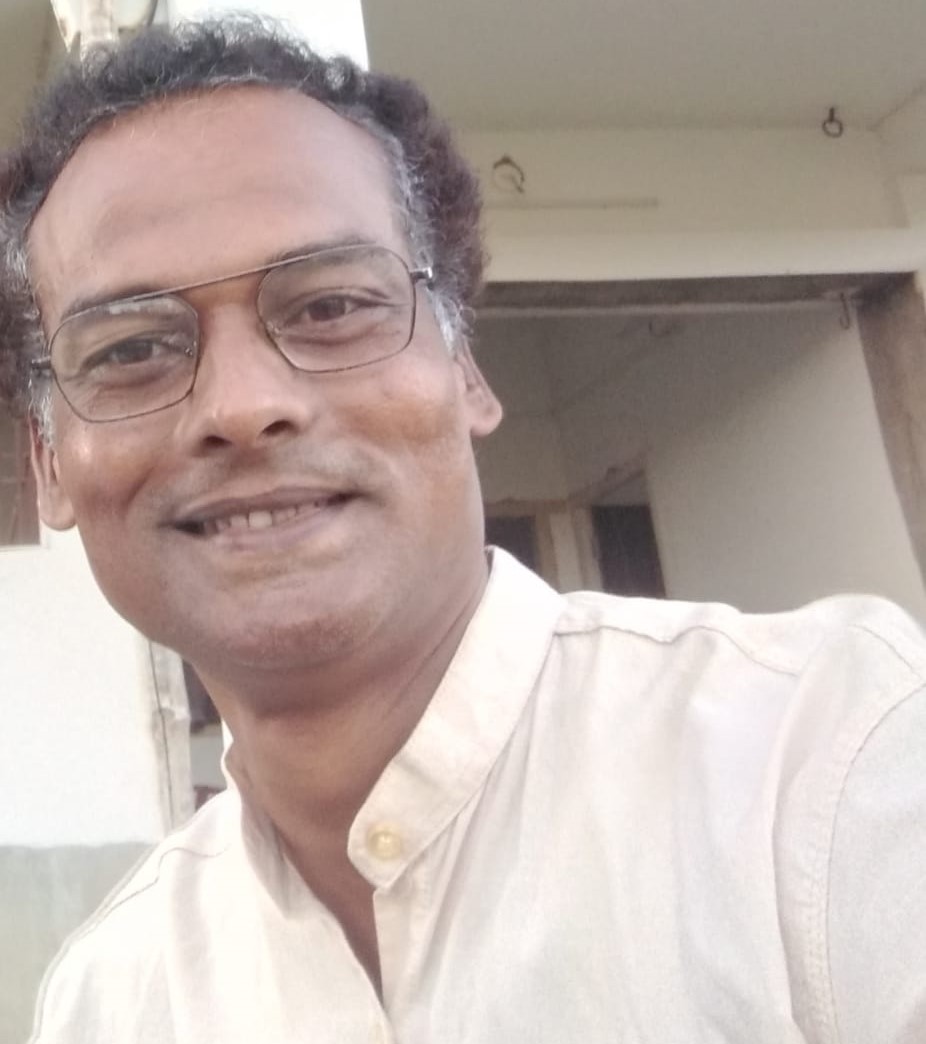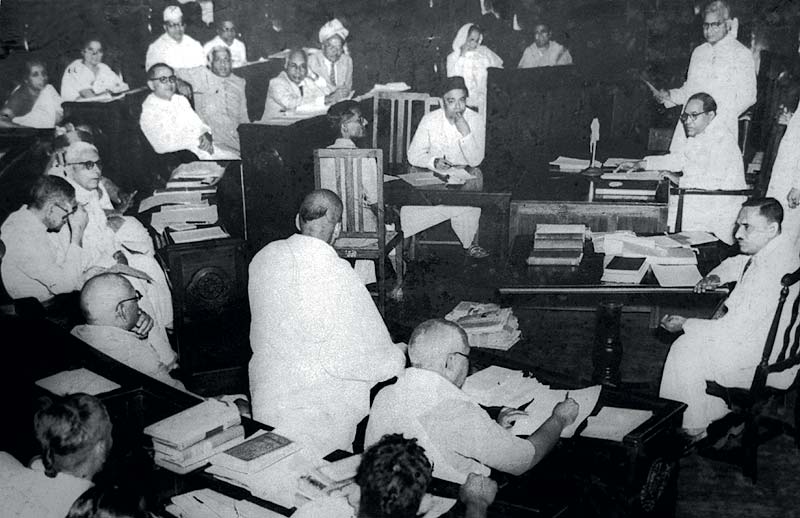Jagdeo Prasad was the first post-Independence politician in the Hindi belt to launch a political outfit entirely free from the control of the Dwij and not dependent on them in any manner. He took on Brahmanism in its entirety and tried to build a revolutionary brand of politics. He dreamt big and did not hesitate to take courageous initiatives to fulfil those dreams. And this, at a time when he did not enjoy a particularly high stature in the national politics and his party, the Shoshit Dal, had limited influence in Bihar. His brand of politics spread from Bihar to the entire Hindi belt via Uttar Pradesh. He was also moving in the direction of establishing ties with organizations like the Dravida Munnetra Kazhagam (DMK) and the Dalit Panther so as to bring the exploited together into an independent political force at all-India level. From the outset, he was particularly keen on a tie-up with the DMK and made consistent efforts in that direction.
Addressing the annual convention of Uttar Pradesh’s Rashtriya Shoshit Sangh (founded by Shivdayal Singh Chaurasia, B.G. Dhangar and Laxmi Shankar Yadav in the 1960s) on 14 June 1969, he issued a stern warning: “DMK has been formed in Madras, Shoshit Dal in Bihar and Rashtriya Shoshit Sangh in Uttar Pradesh to secure freedom from the upper-caste imperialists. We warn the brahmanical elements among the upper castes that like in Madras, we would pin them down and rule.” He noted that barring Tamil Nadu, all Indian states were being ruled by the upper castes.
Jagdeo Prasad felt that there was a need for an independent political party of the exploited at the national level that would be a stronger version of the DMK and would perceive social revolution as fundamental to change. It was in pursuit of this lofty revolutionary objective that on 25 August 1967, he founded the Shoshit Dal in Bihar. But that was not the end of his mission, for he believed that the Dal should have a nationwide presence.
Speaking on the occasion of the third foundation day of the Shoshit Dal on 25 August 1970, Jagdeo Prasad said, “The Shoshit Dal has begun challenging the monopoly of the upper castes and battling their oppression. The rumbling of a revolution of the exploited in Bihar’s capital Patna on 25 August 1970 has awakened the five crore exploited in the state against their exploitation by the upper castes and is now shaking up the exploited from Uttar Pradesh, Madhya Pradesh and other Hindi-speaking states out of their stupor.”

The setting up of the Hindustani Shoshit Dal was the first tangible manifestation of Shoshit Dal’s impact on the Hindi belt. The Hindustani Shoshit Dal was founded by Jagdeo Prasad on 20 November 1970 with representatives from Bihar, Madhya Pradesh and Bengal in attendance. Earlier, Sundar Lal Mathur of the Harijan-Adivasi Sewak Sangh, working in Madhya Pradesh, had written to Jagdeo Prasad asking him to establish a unit of the Shoshit Dal in the state. Jagdeo Prasad somehow missed the letter and read it after the establishment of Hindustani Shoshit Dal. He wrote back to Mathur, welcoming the idea of launching a unit of the Dal in Madhya Pradesh.
At the same time, Jagdeo Prasad was in constant touch with parties, organizations and individuals active in the Hindi belt and in other parts of the country to build an independent political force of the exploited class. His efforts met with success in the Hindi belt. Replying to a reader’s query, Jagdeo Prasad wrote in the Shoshit magazine’s issue dated 14 November 1969 about the idea of forging an all-India party of the exploited classes and the efforts being made in that direction since June that year. His communications with the Republican Party, Shetkari Kamgar Paksha of Maharashtra, Rashtriya Shoshit Sangh active in Uttar Pradesh, Jharkhand Party, etc, besides sociopolitical activists like Shivdayal Singh Chaurasia, Ramlakhan Chandapuri, Ghulam Sarwar, Zubair Azam Jafri and others had evoked a positive response. He had also held talks with some DMK leaders in Delhi who said that they too felt the need for a pan-India political body of the exploited, but, opposed to the domination of Hindi as they were, they had reservations about joining hands with Hindi-speaking states. However, Jagdeo Prasad was confident that with a little more persuasion, the DMK leaders would come on board. Arjak Sangh was founded on 1 June 1968. Jagdeo Prasad wrote two letters to its founder Ramswaroop Verma.
Reacting to a letter to the editor published in Shoshit, he mentioned that he did not receive any reply from Verma. “I am told that he [Ramswaroop Verma] doesn’t like the word ‘shoshit’,” he wrote. For Jagdeo Prasad, that merited a discussion.
Jagdeo Prasad believed that a national-level political body of the exploited could come about in two ways. One, by forming a national confederation of the DMK of Tamil Nadu, the Shetkari Kamgar Paksha of Maharashtra, Republican Party, Jharkhand Party and Shoshit Dal. The leadership of all these parties would jointly constitute the leadership of the confederation, which would formulate its policies on national and international issues. He was of the view that the confederation should be named “Shoshit Mahasangh” so that the 90 per cent Indians who are exploited can see it as a political organization representing them.
The other way, he said, was not to involve other political parties, expanding the Shoshit Dal into an all-India body and associating some politicians from the exploited classes with it. He believed that the second way was more tedious as it would take a long time to mobilize and organize the exploited classes from all over the country. So, he felt a “Shoshit Mahasangh” would be the best and the easiest way to bring all the exploited of the country under one banner.
After the formation of the Hindustani Shoshit Dal, a training camp for select 300 workers from Uttar Pradesh and Bihar was held on 6-7 November 1971 at Sardar Vallabhbhai Patel Smarak Atithishala, Benaras. With the consent of the workers attending the camp, Jagdeo Prasad, on 20 November 1971, wrote another letter to Ramswaroop Verma. He wrote, “What the Hindustani Shoshit Dal is doing from Patna and the Arjak Sangh from Lucknow in the fields of culture and politics is essentially the same in terms of ideology and orientation.” He further wrote that a political unity of the two organizations would pave the way for freeing the exploited classes of the entire country from exploitation by the Dwij. In the letter he expressed his wish to attend the Arjak Sangh’s convention scheduled for the third or the fourth week of December in Kanpur, Uttar Pradesh, and that he would like to use the occasion to arrive at some decision for furthering the revolution of the exploited. In the letter, he also refers to Karunanidhi attending the proposed convention and compliments Ramswaroop Verma for managing to persuade him to visit north India.
On 30 November 1971, Jagdeo Prasad wrote a letter to Chaudhary Charan Singh. This, despite the fact that in his inaugural speech at the annual convention of Rashtriya Shoshit Sangh on 14 June 1969, Jagdeo Prasad had launched an acerbic attack on Charan Singh. He had said, “I am told that Chaudhary Charan Singh is held in very high esteem here. And he had even fought elections using the backward castes as his base. But of late, he has been hobnobbing with reactionary parties like the Jana Sangh and the Swatantra Party. Convey to him in clear terms that he should talk openly about the backward castes, that he should fight for your rights. And if he doesn’t, you have every right to change your leadership.” It may be mentioned that in the midterm polls conducted in 1969, Chaudhary Charan Singh-led Bharatiya Kranti Dal, with substantial backing from backward communities, had emerged as the main opposition party in Uttar Pradesh.
Referring to the workers attending the training camp in Benaras persuading him to confer with Ramswaroop Verma, Jagdeo Prasad wrote to Verma, “You are an able leader born into the exploited class. You have experimented with politics of different hues and you would have also concluded that a new brand of politics needs to be crafted and introduced to free the exploited, who form 90 per cent of the population, from the bloody clutches of the Brahmins. I want to have a conversation with you about the crafting and introducing of this new politics.” He went on to add that the convention of Arjak Sangh in Kanpur in December, which would be attended by Karunanidhi, would be a good opportunity for such a meeting.
Eventually, Jagdeo Prasad was invited to inaugurate the annual convention of the Arjak Sangh held in June 1972 in Kanpur. The possibility of forging an all-India political party by merger of three parties – Hindustani Shoshit Dal, Samaj Dal and Republican Party – was discussed in Lucknow and in Kanpur. It may be mentioned here that the Samaj Dal had already been formed on 14 January 1971 by a group that broke off from the Samyukta Socialist Party under the leadership of Ramswaroop Verma. The Republican Party had a sizeable presence in western Uttar Pradesh and had won eight seats from this region in the 1962 Assembly Elections and nine seats in 1967 Assembly Elections. B.P. Maurya had played a key role in helping the Republican Party strike roots here. B.P. Maurya of the Republican Party as well as the Rashtriya Shoshit Sangh were most responsive among the political parties with which Jagdeo Prasad had mooted the idea of forming a ‘Shoshit Mahasangh’.”
In the words of Jagdeo Prasad, “Honourable B.P. Maurya even said that there was no difference between the Shoshit Dal and the Republican Party and that ‘shoshit” was the best nomenclature.” But subsequently, Maurya joined the Congress and the Republican Party splintered.
The three parties decided to merge at a convention held in Patna on 5-6 August and thus the Shoshit Samaj Dal came into being on 7 August 1972. The first national convention of the Dal was held in Dalmianagar in Bihar in which Ramswaroop Verma was named its president and Jagdeo Prasad, general secretary. That was a red-letter day for the anti-Brahmanism revolutionary political stream in the Hindi belt.
(Translated from the original Hindi by Amrish Herdenia)
Forward Press also publishes books on Bahujan issues. Forward Press Books sheds light on the widespread problems as well as the finer aspects of Bahujan (Dalit, OBC, Adivasi, Nomadic, Pasmanda) society, culture, literature and politics. Contact us for a list of FP Books’ titles and to order. Mobile: +917827427311, Email: info@forwardmagazine.in)





